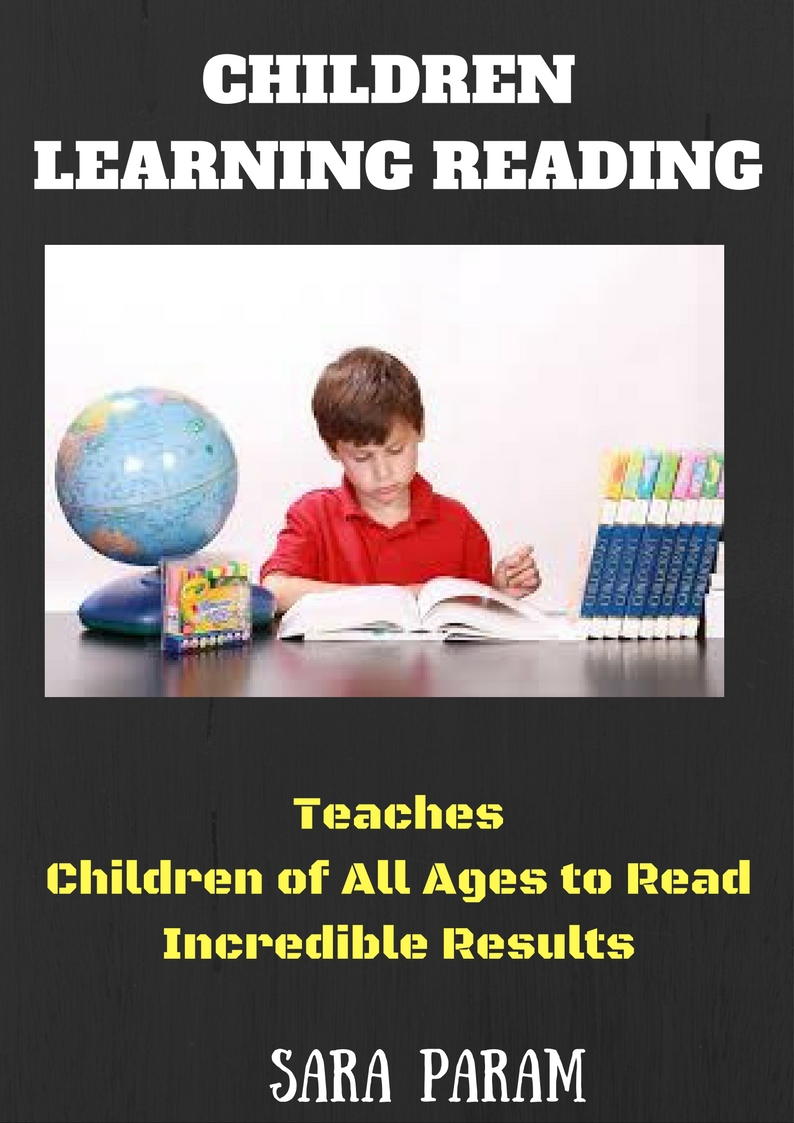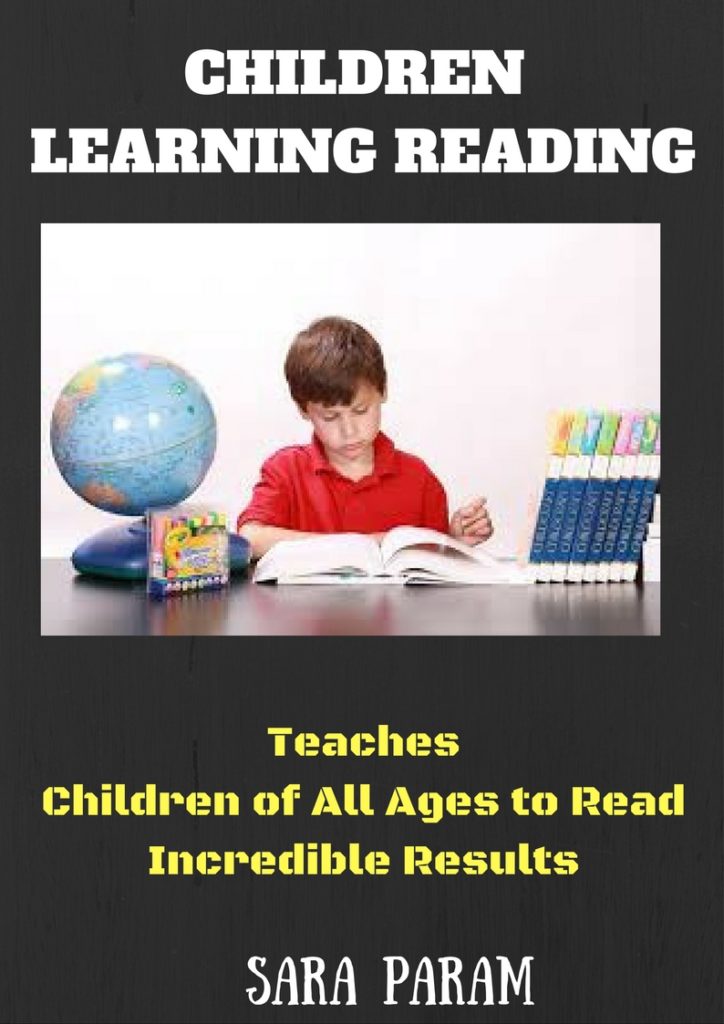Children Learning Reading

In an English alphabetic framework, the individual letters on the page are dynamic and meaningless. They should inevitably be linked to just as the conceptual sounds called phonemes, mixed and pronounced as words, where the meaning is finally figured out.

There are a lot of new teachers who wonder how to teach reading. They need to know that preparing the children to read is not easy; however, it might work if done step-by-step.

To figure out how to peruse English, the child must make sense of the relationship between sounds and letters. In this manner, the starting reader must consider the associations between the approximately 44 sounds of spoken English (the phonemes) and the 26 letters.
The long-term research has taught that, for a starting reader to figure out how to associate or translate printed symbols (letters and letter patterns) into sound, the reader must comprehend that the discourse can be sectioned or broken into little sounds (phoneme reminding). In addition, he has to understand that printed frames (phonics) can speak to the divided units of discourse. This understanding that composed spellings systematically speak to the phonemes of spoken words (termed the alphabetic guideline) is essential for improving accurate and fast word reading skills.

Why are phoneme advancement and awareness of the alphabetic rule critical for the starting readers? If children can’t see the sounds in spoken words – for instance, if they can’t “listen” to the at sound in fat and cat and see that the distinction lies in the first stable, they will experience issues translating or “sounding out” words in a quick and accurate design.
This familiarity with the sound structure of our dialect appears to be so natural and ordinary that we underestimate it. However, numerous children don’t create phoneme mindfulness, and we are starting to get it for fascinating reasons.
